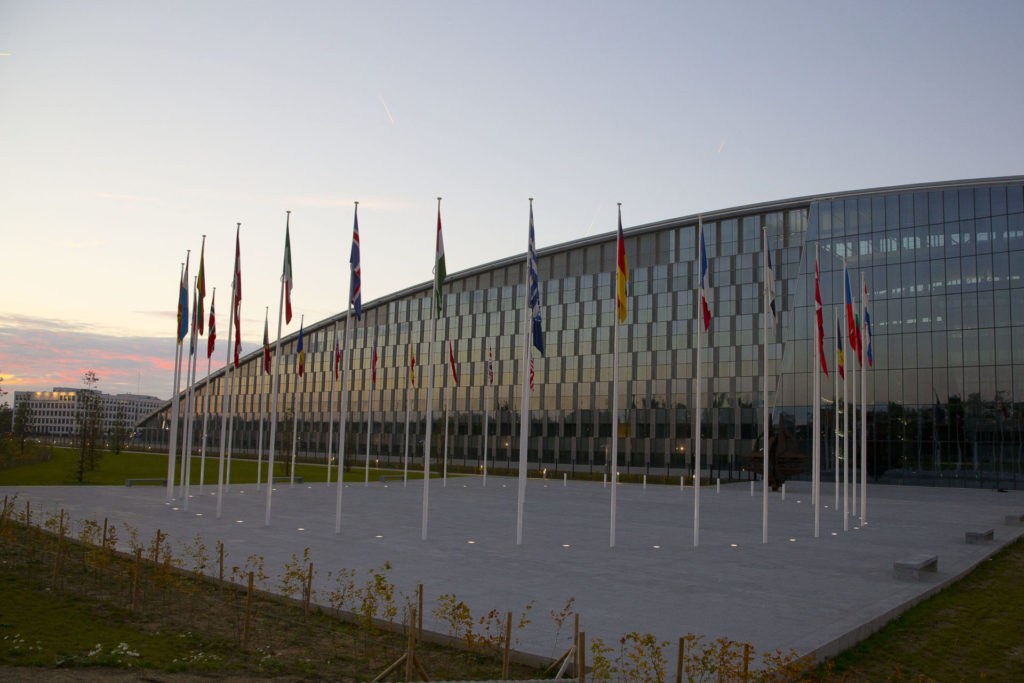Belgium, home of the North Atlantic Treaty Organisation (Nato), is almost at the bottom of the table of members states when it comes to defence spending, according to the latest estimates from Nato itself.
The figures presented, which include estimates for 2019 and 2020, cover “payments by a national government actually made, or to be made, during the course of the fiscal year to meet the needs of its armed forces, those of Allies or of the Alliance.”
In other words, all defence spending, and not only the costs of Nato itself. Belgium undoubtedly spends on the establishment of the alliance in Brussels, as well as the headquarters of Shape in Mons. But that spending is only a part of what is being considered.
As one would expect, the United States stands far above every other member state, individually as well as collectively, for defence spending. Put bluntly, the figures for the US alone outweigh the spending for all other member states put together.
But those figures have to be placed in the context of the historical international policy of the US, which has the effect for instance of US military being permanently stationed in bases across Europe – a policy dating back to the end of World War Two which is not followed by any other of Nato’s member states.
As a result, the US spent $717 billion in 2020 on defence. The rest of Nato, meaning Europe + Canada, spent a total of $313 billion.
By multinational negotiation, the member states agreed to set a target for each state to spend 2% of GDP on defence – not on Nato-related aspects, but on defence in general.
The median percentage – the figure in the centre between the highest and the lowest – was 1.86% for 2020 – so criticisms by US president Donald Trump that Nato nations were not meeting their commitments are true, but not to the extent he stated.
The US alone spends 3.87% of its GDP on defence, while Luxembourg, understandably at the bottom of the table, spends only 0.64%.
Belgium comes second-lowest to Luxembourg, spending 1.1%. Only nine members states other than the US meet or exceed their 2% target: Greece, the UK, Romania, Estonia, Latvia, Poland, Lithuania, France and Norway.
Most of those nations have a border with Russia. France and the UK maintain an independent nuclear deterrent. And Greece has a long-standing problem with Turkey (which spends 1.91% of its GDP on defence). These conditions make comparisons with nations like Luxembourg and Belgium difficult.
Belgium spent €4.755 billion on defence in 2020 (estimate), compared with €3.964 billion in 2013 – much less of an increase than, for example, Hungary, which more than doubled its spending over the same period.
In current prices and exchange rates, and denominated in dollars, Belgium’s defence spending actually went down from 2013 to 2020 – from $5.265 billion to $5.173 billion.
As to where Belgium’s defence spending goes, 62.61% goes on personnel, 10.36 on equipment, 1.6% on infrastructure and 25.44% ‘other’.
Alan Hope
The Brussels Times

